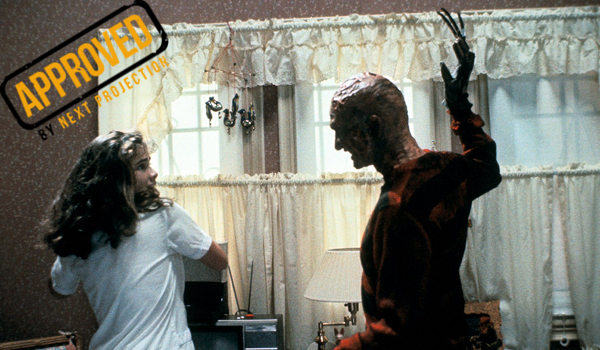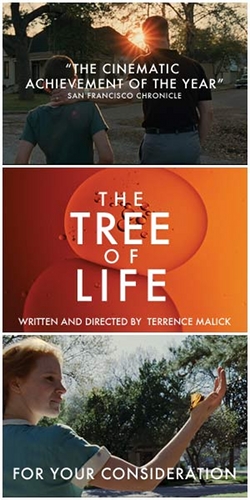Review: A Nightmare On Elm Street (1984)
There’s a pedestal that exists and it’s shared by the top horror icons of cinema. Balancing on its precarious surface are the likes of Frakenstein’s Monster, Dracula, The Creature from the Black Lagoon, Michael Myers, Jason Voorhees and of course, Freddy Krueger. These characters transcend the screen and become a permanent part of culture, immortalized by their ability to represent some horrible communal fear. They are both contemporary and timeless, forever kept alive by our dreams and nightmare… Well, mostly nightmares.
So, why Freddy? What is it about this knife-fingered, child-murdering, burnt faced boogeyman that’s so terrifyingly captivating? The answer lies in the film that started it all, Wes Craven’s A Nightmare On Elm Street. It’s here the groundwork for the mythology is laid out.
The film begins with a nightmare. A girl runs through a boiler room chased by crying goats and a mysterious man in a dirty red and green sweater. But it’s not just her dream; all the children of Elm Street share the same night terrors. A man who was burnt alive by their parents is hunting them in their subconscious. In essence, the children are paying for their parent’s sins. It’s the idea of a repressed psychological trauma breaking free and wielding the power not only to disturb, but to destroy.
The horror of a younger generation having to reconcile with the older one’s skewed moral code is a problem as timeless as evolution itself. Racism, sexism, homophobia, unwarranted wars, all these things are hidden in generations past, and often not that far in the past. These problems, although perhaps not as overt, still exist today. Much like the horrible secrets kept by the parents of Elm Street, so are these disturbing truths tucked away as if they never happened. But they did. And it’s this denial, this business of not talking about it, that gives the past power over us. With no understanding of these troubling moral choices, the new generation will have no defense against them and the horrific cycle will repeat.
In the film, Wes Craven makes a strong argument for being aware, for seeking out these forbidden secrets, despite the fact that they might reveal the world as a darker place then we originally thought it was. This is clearly symbolized in the triumph of Nancy over Freddy.
Nancy… Nancy Thompson, the ultimate survivor girl. In the film’s climax, she has discovered her mom’s murderous secret and seeks out to rectify it. Essentially, she hunts down her inherited guilt, refusing to be the victim, she searches through her own dreams for Freddy. Freddy himself is victimized by Nancy’s hilariously booby-trapped house (something of an obsession with Wes Craven) leading to the final showdown. In the last moments, Nancy takes away Freddy’s power by denouncing him, explaining that she knows him too well now. She has knowledge of him, his horror is demystified and he therefore becomes nothing. Only if she remained ignorant could Freddy claim his victim.
Despite being over saturated, over sequeled and over merchandised, A Nightmare On Elm Street remains one of horrors strongest and scariest offerings with a thematic strength infused into every brilliantly conceived detail. Where else can you find a man whose arms stretch the length of an alley, a woman being dragged up the wall by an invisible assailant and a bloody bed fountain? Only one other place: your own nightmares.
-
http://twitter.com/NextProjection Christopher Misch
-
http://twitter.com/baronronan Baron Ronan Doyle
-
http://bassxx.com/2011/11/06/common-car-rental-questions control de flota de camiones
-
http://www.mobilefleet.es gps camiones



















 Review: The Flowers of War (2011)
Review: The Flowers of War (2011) Review: Funny Games (2007)
Review: Funny Games (2007) Review: Osaka Elegy (1936)
Review: Osaka Elegy (1936) Review: Miss Bala (2011)
Review: Miss Bala (2011) Review: Hidden (2005)
Review: Hidden (2005)


